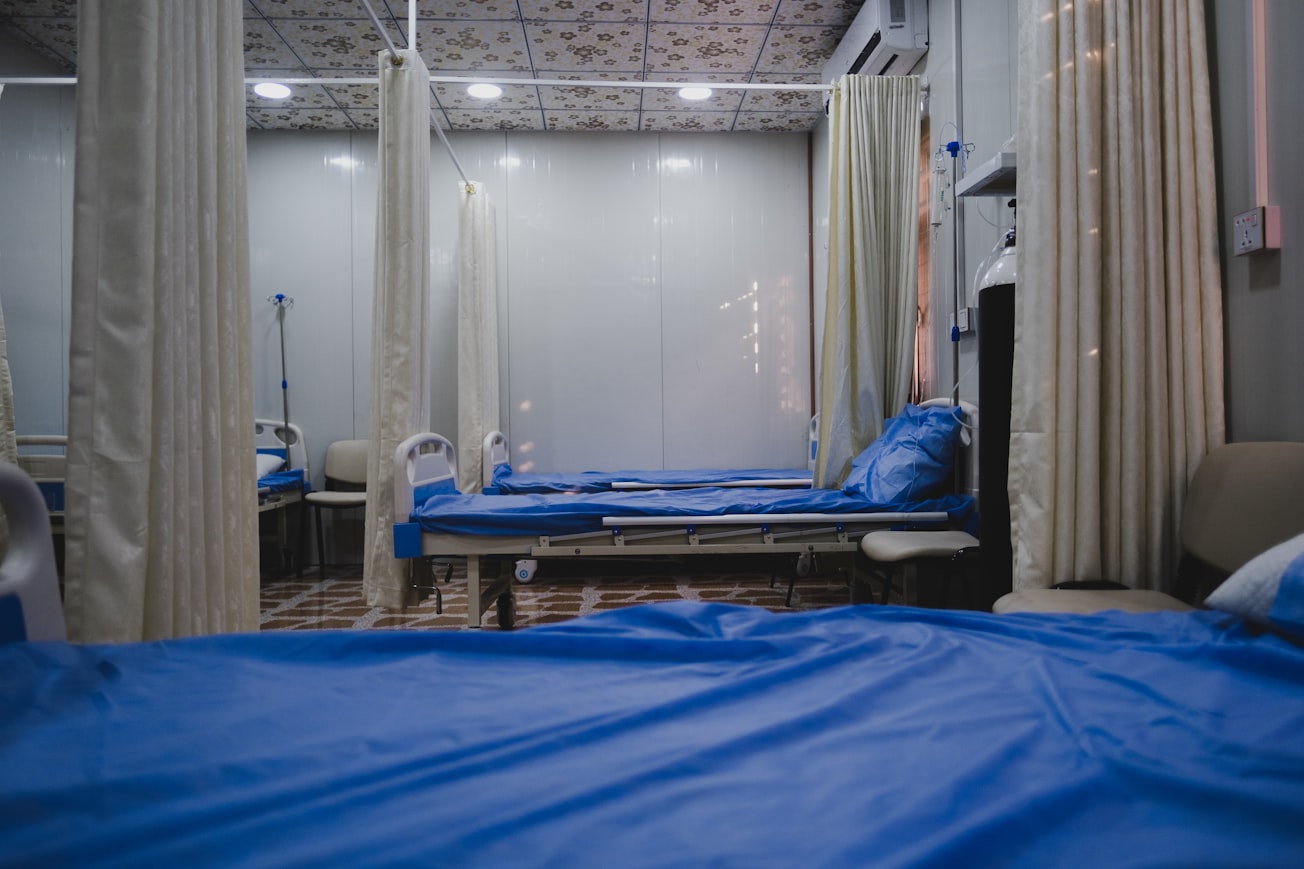What is it about?
Single patient rooms are often highly regarded in hospitals. This paper examines how hospital multi-patient and single rooms are described in research, and whether different outcomes in older people and people with neurological disorders can be attributed to design of room type alone. We showed that apart from a small benefit for single rooms in control of infection, we did not find support for single rooms in a number of other measures important for the recovery of such patients.
Featured Image

Photo by Levi Meir Clancy on Unsplash
Why is it important?
Our findings show that people with complex conditions and consequent physical, cognitive, and emotional consequences of such conditions may not benefit from care only in single rooms when in hospital. Apart from management of an infection, such patients may benefit more from time spent in multi-patient rooms with access to more social connectivity, more visibility from staff, and more opportunity to move about freely.
Perspectives
Producing this research with my co-collaborators with fascinating and thought-provoking. It made me think deeply about what the design attributes of hospital room types are for the first time. The topic of the single room can be sensitive for hospital planners, clinicians, and patients/families in an era of ongoing cost-containment for capital expenditure. Hopefully this article will shed some light and provoke more research in key patient populations who typically spend more time in hospitals due to the nature of their conditions.
Dr Michelle M. Shannon
Monash University
Read the Original
This page is a summary of: Bringing the single versus multi-patient room debate to vulnerable patient populations: a systematic review of the impact of room types on hospitalized older people and people with neurological disorders, Intelligent Buildings International, November 2018, Taylor & Francis,
DOI: 10.1080/17508975.2018.1548339.
You can read the full text:
Contributors
The following have contributed to this page







